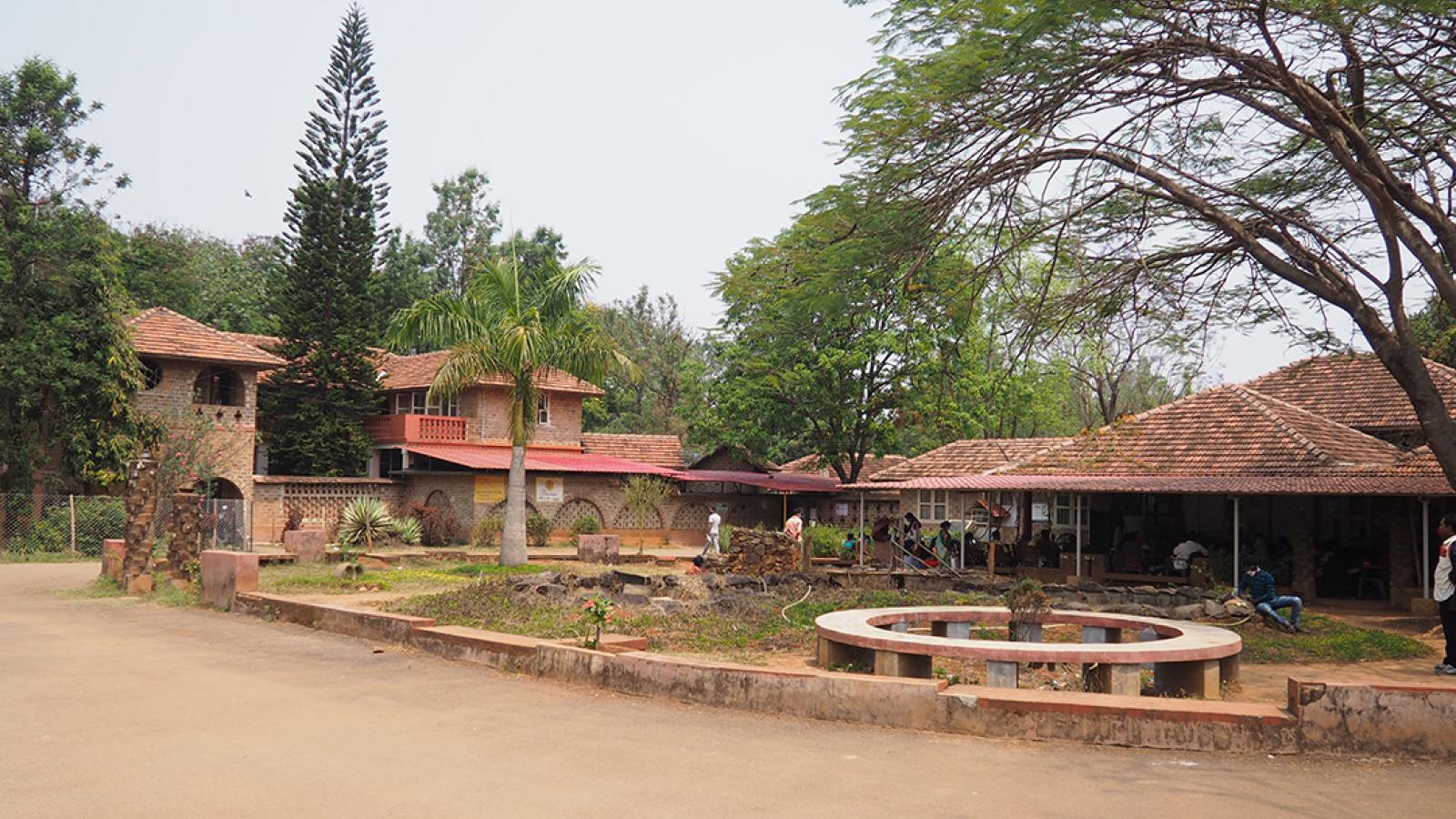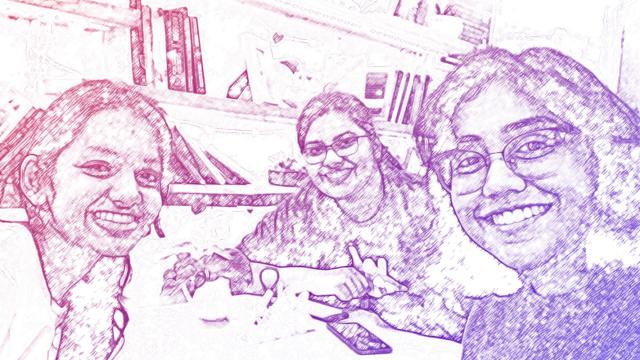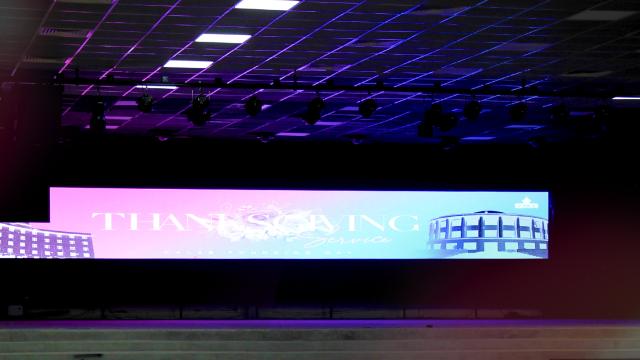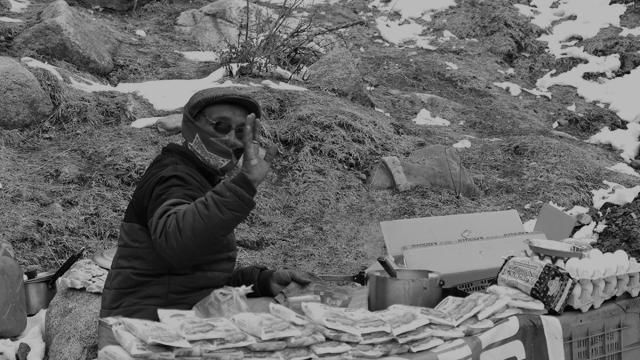On the 19th of March 2021, four of us from EMI, set out on a project trip catering to the mission and vision of the Asha Kiran Society. Our team also included two volunteers who joined us remotely. Our journey included a flight to the state of Andhra Pradesh and a tiring car drive to a rural part of Odisha. It was my first project trip with EMI and I did not anticipate that we were going to experience another kind of home. We were delighted by the natural country feel on our arrival at the campus. Odisha, as a state, is known to be hot and humid most of the year but the campus remained cool and breezy with its many trees and open fields. There were slender silver oaks that lined the paths, clusters of banana and coffee plantation and an entire area devoted to vegetable farming. The architecture of the existing buildings complemented the sustainable setting that the campus offered. Laurie Baker, a British Born Indian Architect who is known for his cost-efficient form of construction in South India, designed a few of the initial buildings there. He had found a way to relate to the local community by designing the hospital and residential spaces with exposed brick walls, filler slab roofs and floors with red oxide finishes. We had the opportunity to reside in one of these and were treated to homely South Indian meals as well.
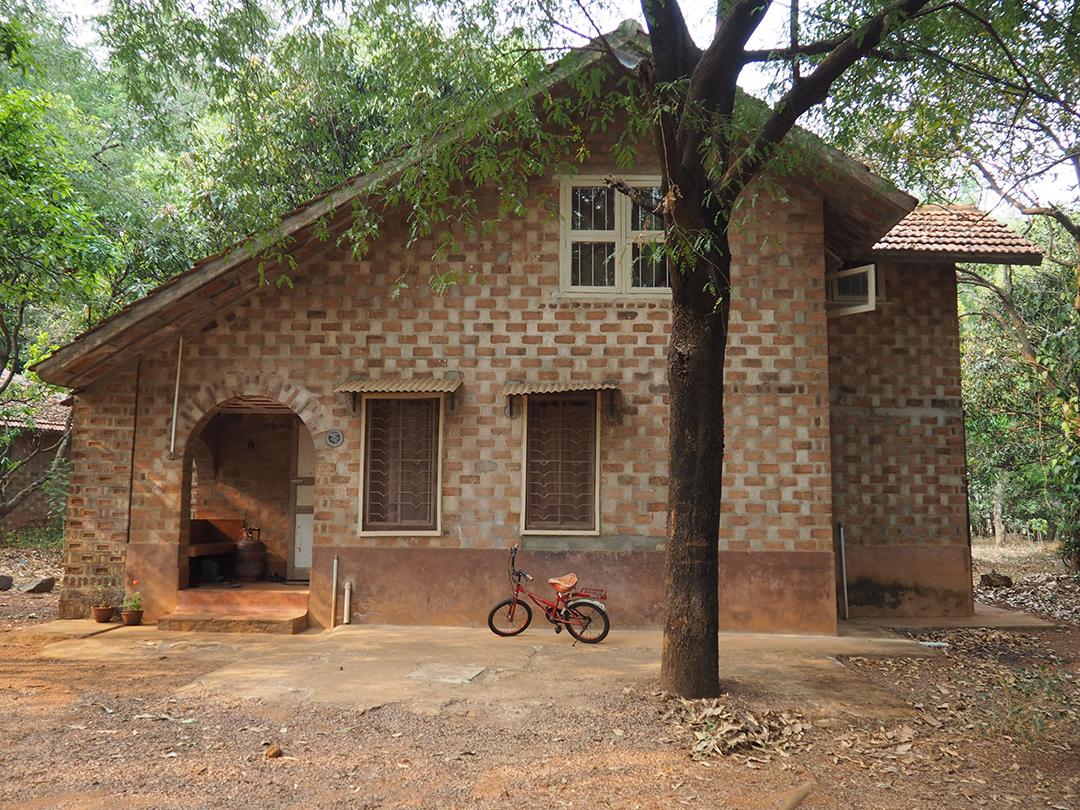
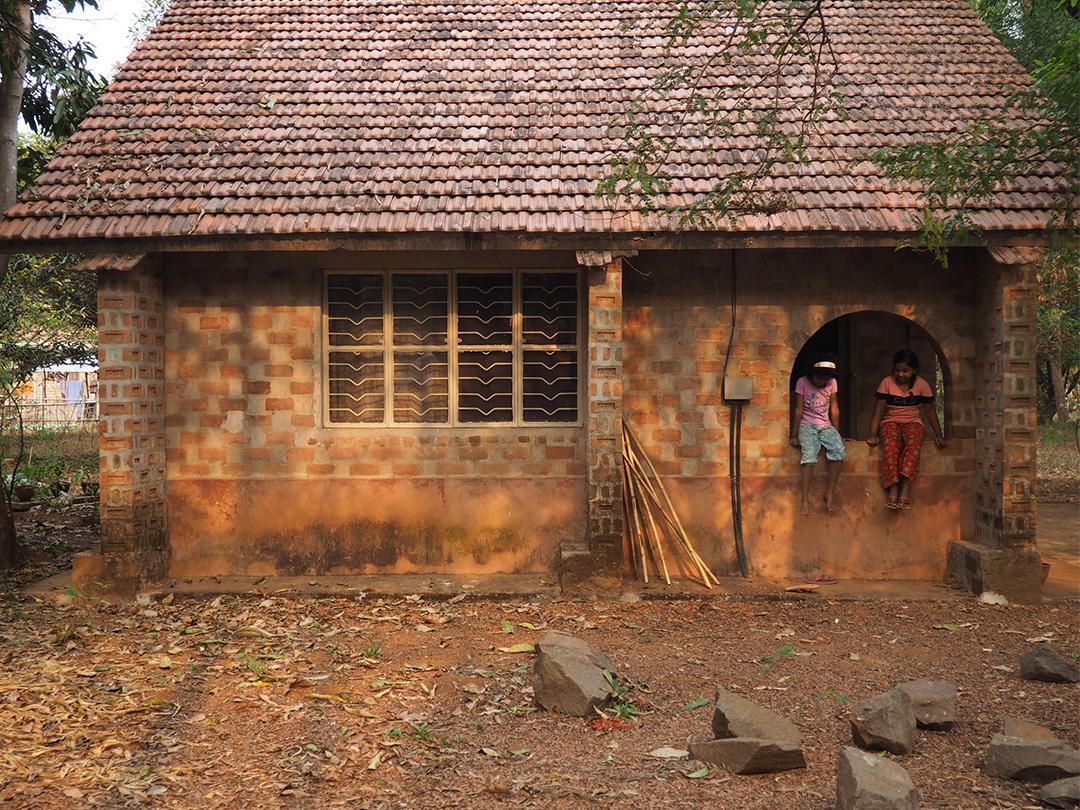
Our first day included an overview of Asha Kiran’s journey over the years. We were inspired by the fact that Asha Kiran is one of the very few rural mission hospitals started solely by Indians. It is now being carried on by the staff from among the locals that live in the area. Three medical families had a calling to set out from the comfort of their homes, and move to Odisha to start Asha Kiran. We see this calling reflected in their service as staff members and leaders of this organization. They would humbly spend a good part of their morning, catching up with the staff and patients, conversing in the simplest of terms. Most of the families involved in this organization reside within the site campus and willingly dedicate all of their time and effort to it. We saw this not only in the way they catered and served the locals of the area but also in the way they maintained their campus, serving the natural environment around them. Something which we learnt that we could take back from these leaders is their attitude of service. Their focus remained on the growth and development of the community which led them to grow from what started as a hospital to community health ventures, training centres, campus agriculture, education centres for children, all with a common vision. It is amazing to see how they have progressed over the years with that vision in mind.
EMI’s contribution to Asha Kiran, is to help them with the master planning of their 20-acre site, to cater to their current and future demands as a hospital. Our design process involved hearing from the client about their requirement and spending time to understand their program. We would then allot areas and spaces for each of these requirements.
Our project trip included three review days with the client. On the day of our first review, we gathered our drawings on butter sheets and had all the areas cut out individually from paper, coloured to depict different blocks. We moved them around as we proposed a location for them. We then requested the board members at Asha Kiran, who had gathered there, to move around the blocks to help understand their campus better. As a team, we were happy to sit back and see them converse and discuss among themselves as they moved around these blocks. It felt like they had a part to play in the designing, planning and implementation of a vision that they strongly believed in. Our role is only to help and equip them during this project trip and even as we complete the deliverables for the project.
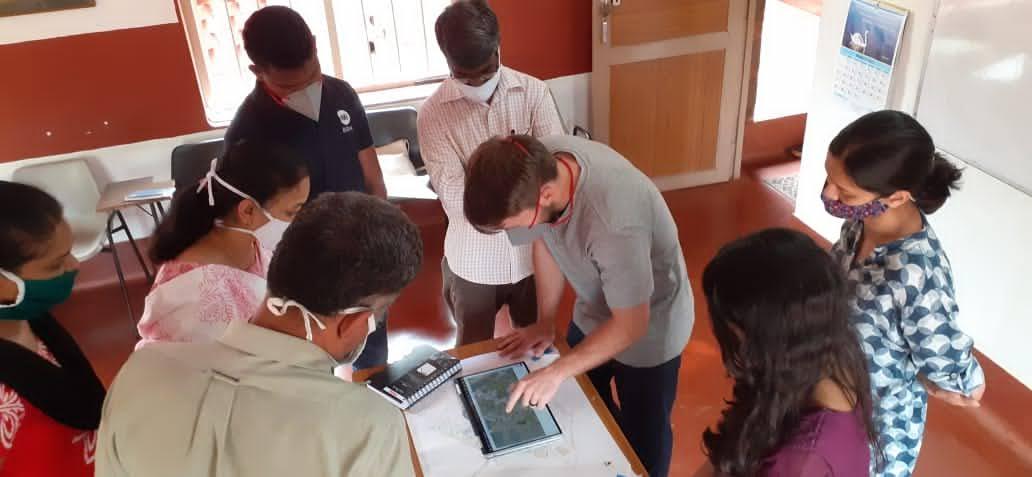
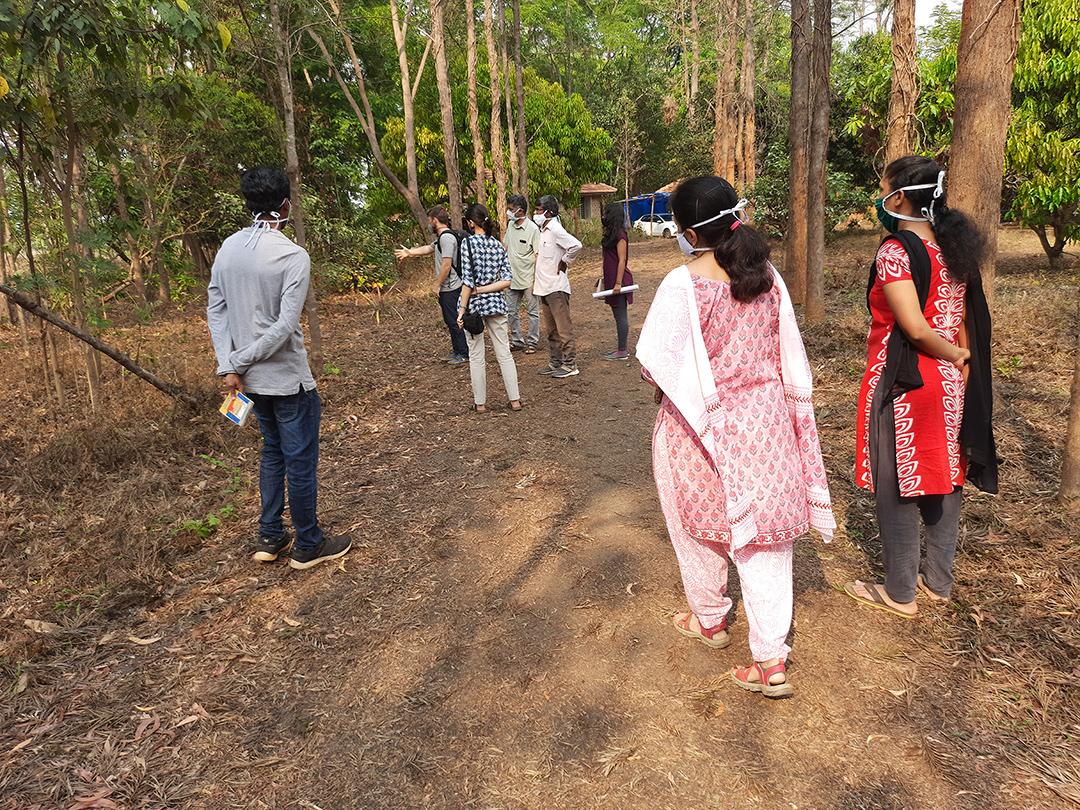
We were encouraged by Asha Kiran’s participation in the entire design process. They joined us as we walked around the site to visualize our ideas for its development and implemented the design decisions that we helped them make. Their view towards retaining their vast greenery and maintaining the sustainable setting on the campus amid a growing need for development is to be appreciated. Working with clients rooted in their values and growing towards their vision, help us deliver a more fruitful design.
Our overall experience was delightful, making it very difficult to depart from that simple country life experience and head back to the busy city life of Delhi.
Architecture Intern, EMI India
